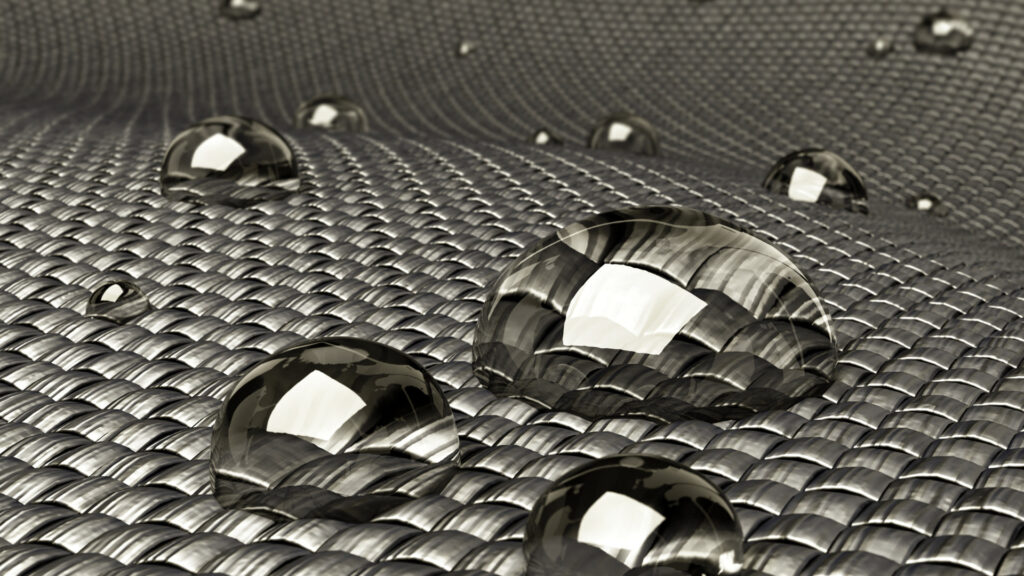
The drying process has long been a mystery to scientists . While a recent study published in Physical Review Applied is shedding new light on the topic. Using nuclear magnetic resonance spectroscopy, the researchers aimed to better understand how moisture behaves in different contexts, such as insulation or drying clothes. Lead author Philippe Coussot notes that this study is just the beginning of determining the real kinetic equation for absorption. The team exposed wet fabric to dry air flows and used nuclear magnetic resonance to measure the water’s quantity bound to the fabric at different times.
Efficient cleaning methods are important, and research into the drying process could lead to more effective approaches. Wet clothes are 50% to 60% heavier, and evaporating the water consumes a significant amount of energy. Engineers assess appliance efficiency based on how long it takes to reduce saturation from 55% to 2%-5% in fabrics. The study explains the forces at play at the fabric-water interface and could improve drying processes.
Next, the researchers plan to expand their study to examine cellulose fibers in insulation and wood fibers for biobased construction materials, potentially reducing waste and lowering the carbon footprint of building houses. This study is a crucial step in understanding the drying process and its implications in various industries. However, only 15.8% of the sentences contain transition words, which is not enough to create a cohesive flow of information.
READ MOREhttps://www.exellius.com/






